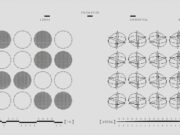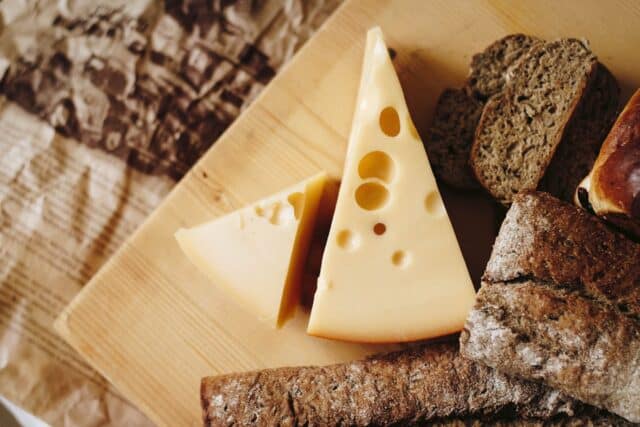When it comes to cheese, hard cheeses hold a special place in culinary traditions worldwide. Their firm texture, bold flavors, and versatility make them a favorite for cooking, snacking, and pairing with wine. Whether you’re a cheese connoisseur or a curious beginner, this guide will introduce you to the best varieties and ways to enjoy them.
What Are Hard Cheeses?
Hard cheeses are aged cheeses with low moisture content. Their firm structure makes them ideal for grating, shredding, or enjoying in thin slices. Unlike soft cheeses, they undergo a long aging process, intensifying their flavors. Typically, these varieties are rich, nutty, and sometimes slightly crumbly.
Characteristics
- Low moisture content.
- Firm and dense texture.
- Long shelf life.
- Bold, often sharp flavors.
These characteristics make them unique and highly sought after.
Hard Cheese vs. Soft Cheese: Key Differences
| Feature | Hard Cheeses | Soft Cheeses |
| Texture | Firm, dense | Creamy, spreadable |
| Moisture Content | Low | High |
| Aging Process | Long | Short |
| Examples | Parmesan, Manchego | Brie, Camembert |
Understanding these differences helps you choose the right cheese for every occasion.
Popular Types of Hard Cheeses
Let’s explore some of the best varieties that are beloved worldwide.
1. Parmesan: The King of Hard Cheeses
Parmesan cheese, or Parmigiano Reggiano, hails from Italy. It’s aged for at least 12 months, resulting in a crumbly texture and nutty flavor. Grate it over pasta, soups, or salads for a burst of umami.
2. Pecorino Romano: A Salty Classic
Made from sheep’s milk, Pecorino Romano is another Italian favorite. It’s saltier and sharper than Parmesan, making it ideal for seasoning dishes.
3. Grana Padano: Aged Perfection
Similar to Parmesan but milder, Grana Padano is perfect for grating or enjoying as a snack. Its smooth texture and balanced flavor make it versatile.
4. Manchego: Spain’s Finest Hard Cheese
Manchego cheese comes from Spain and is made from sheep’s milk. Its flavor ranges from mild to sharp, depending on how long it’s aged.
5. Aged Gouda: Sweet and Nutty
Aged Gouda is known for its caramel-like sweetness and crunchy texture. It’s a favorite on cheese boards and pairs well with fruit and nuts.
How to Use Hard Cheeses
For Cooking
These cheeses shine in the kitchen. Use grated Parmesan or Pecorino Romano to elevate pasta dishes. Sprinkle aged varieties on roasted vegetables or risotto for extra depth.
Best for Grating
Hard cheeses like Parmesan, Grana Padano, and Asiago are perfect for grating. Their firm texture creates fine shreds that melt beautifully.
Pairing with Wine
Pairing these cheeses with wine enhances their flavors. For example:
- Parmesan pairs well with sparkling wines or Chianti.
- Manchego complements Tempranillo or sherry.
- Aged Gouda shines with port or full-bodied reds.
Tips for Buying and Storing It
How to Store It Properly
Store them in the refrigerator, wrapped in wax paper or parchment paper, to maintain freshness. Avoid plastic wrap, as it traps moisture and can spoil the cheese.
Best Practices for Serving
Bring aged cheeses to room temperature before serving. This enhances their texture and brings out their full flavor profile.
FAQs About Hard Cheeses
Are It Healthier?
Yes, many hard cheeses are rich in calcium and protein. They’re also lower in lactose, making them easier to digest for some people.
What Are Affordable to Try?
Grana Padano and aged Cheddar are excellent options if you’re looking for affordable yet high-quality options.
Can It Be Frozen?
Yes, you can freeze them, but it’s best to use them for cooking after thawing, as freezing can affect their texture.
What Are the Best Hard Cheeses for a Charcuterie Board?
Include Parmesan, Manchego, and aged Gouda for a perfect balance of flavors and textures.























